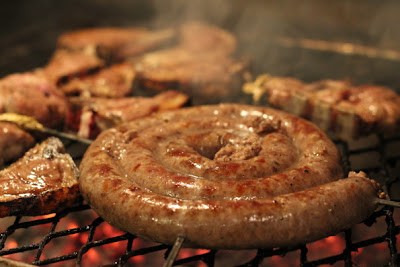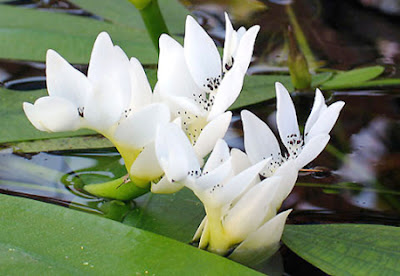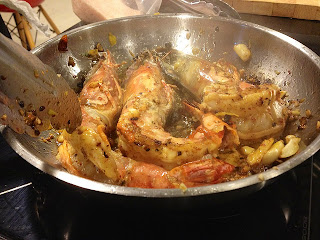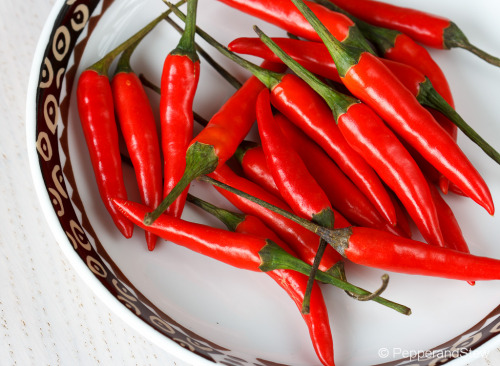Taste Africa (Part 2 of the March 2013 Meeting)
Otaihanga
Boating Club, PartyPerfect
Catering
Main Courses and Reds
WINE 2 - with Pap & Boerewors
Kleine Zalze 2006 Pinotage
Most members picked this as a South African Red, with Graeme Yaeger hitting it right on the nose!
A SA Pinotage from the Stellenbosch region.
Kleine Zalze 06 Pinotage – RRP $26.20 (from Ontrays) 14.5% Alc/Vol
In the making of the Kleine Zalze Cellar Selection Pinotage 2006, Johan Joubert of the family-owned Stellenbosch vineyard went back to basics following his philosophy of “quality begins in the vineyard”. He said “ The 06 Pinotage is a little like a lost son returning home – the variety has always been close to my heart, but it is sometimes difficult to handle. After a few years of experimentation, the approach we took in 06 finally resulted in the elegant cultivar fruit that we wanted to express”. Overall the wine shows excellent balance of oak, juicy and spicy fruit, and rounded tannins.
The Food:
Pap and Boerewors (Farmer's sausage, also known as "Boerie") and
Waterblommetjie bredie ( South African Edible Water lily or Cape Pond weed) Stew slow cooked with lamb.
Boerewors
A traditional rustic farmer's sausage, made from coarsely minced beef combined with minced pork and spices (usually toasted coriander seed, black pepper, nutmeg, cloves and allspice). Like many other forms of sausage, boerewors contains a some fat, and is preserved with salt and vinegar, and packed in sausage casings. Traditional boerewors is usually formed into a continuous spiral, as illustrated above. It is often served with pap. Boerewors is very common throughout South Africa, as well as with expatriate communities in countries such as New Zealand, Australia, the Netherlands, the United Kingdom, the United States, and Ireland.
For our event the Boerie was cooked on authentic Namibian hardwood charcoal, obtained from Vince and Trish's Mitre 10 Mega establishment. This is a sustainable form of charcoal, harvested from intruder species that threaten the natural flora of the sub-continent.
Maize Meal "Pap" (Pronounced 'Pup"):
An indigenous staple made from maize with consistency not unlike Italian polenta. Polenta is made from Corn, and has a yellow colour, wheras Pap (Maize meal/Putu/Shaba/Sadza) is made from Maize, and has a white colour.
Pap, also known as mieliepap ('mealie-pup') in South Africa, is a traditional porridge made from ground maize. It is a staple food of the inhabitants of Africa (The Afrikaans word "pap" is Dutch in origin, and simply means "porridge"). Many traditional South African dishes include pap, such as smooth maize meal porridge (also called slap pap), pap with a very thick consistency that can be held in the hand (stywe pap, as served at the event) and a more dry crumbly phutu pap.
A variety of savoury side dishes are used to accompany pap, often made from green vegetables, and flavoured with chilli or tomato. In the northern parts of the country it is eaten as a breakfast staple, with milk and sugar, but also served with meat and tomato-stew (tomato and onion) at other meals, When having a braai (BBQ), stywe pap or phutu pap with a savoury sauce like tomato and onion or mushroom and cheese is an important part of the meal.
In the Cape-provinces it is almost exclusively seen as a breakfast food. Since mielie-meal is inexpensive, poor people combine it with vegetables. It can be served hot or, after it has cooled, it can be fried. Phutu porridge is sometimes enjoyed with spicy chakalaka (vegetable relish) as a side dish with braais (BBQs).
The name comes from the Afrikaans language and literally means 'small water flower stew'. It is made of meat, typically lamb, stewed together with the waterblommetjies (Aponogeton distachyos) flowers, commonly known as Cape pond weed, Cape hawthorn or Cape asparagus) which are found in the dams and marshes of the Western Cape of South Africa. The buds of are usually ready to be picked during the southern midwinter months of July and August, leading to their use in winter stews such as waterblommetjie bredie.
The taste of the stew has been described as much like stewed green beans with a hint of pumpkin.
Waterblommetjiebredie is a well-respected local delicacy in South Africa and popular with foreign tourists
Waterblommetjiebredie is a well-respected local delicacy in South Africa and popular with foreign tourists






